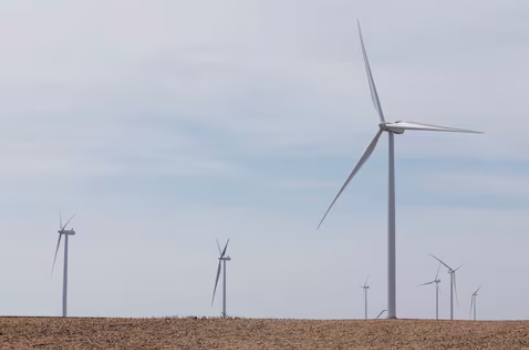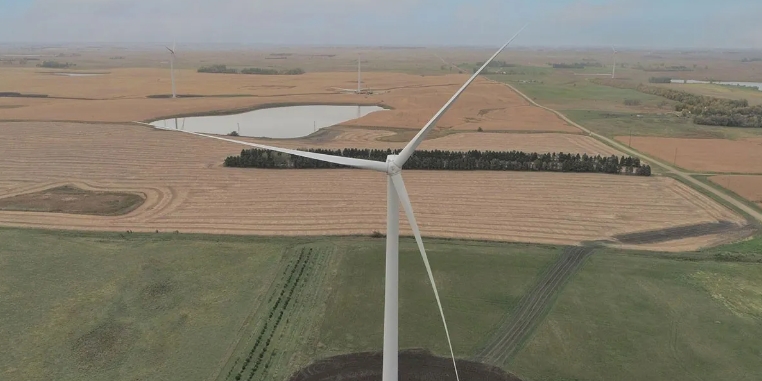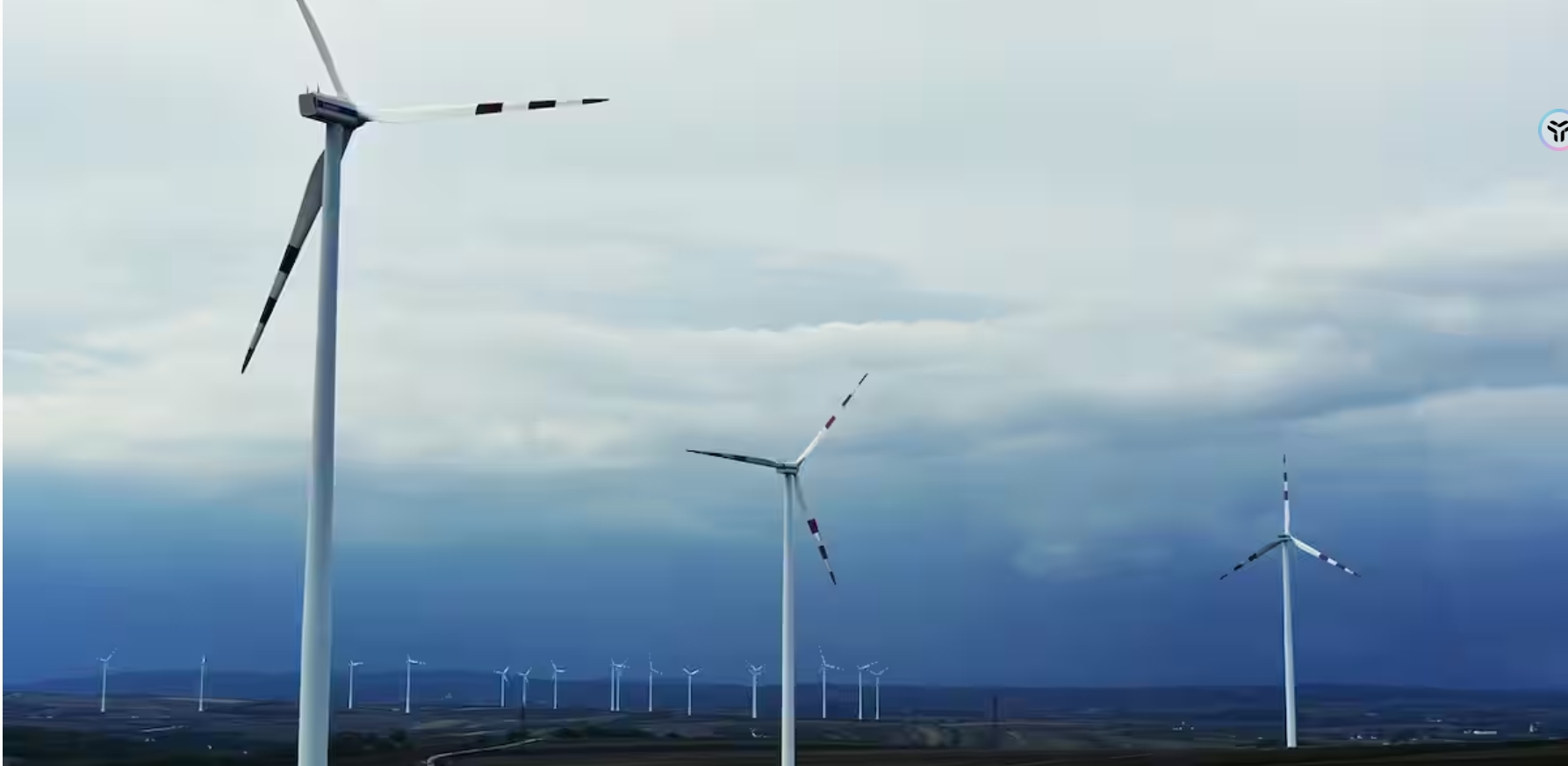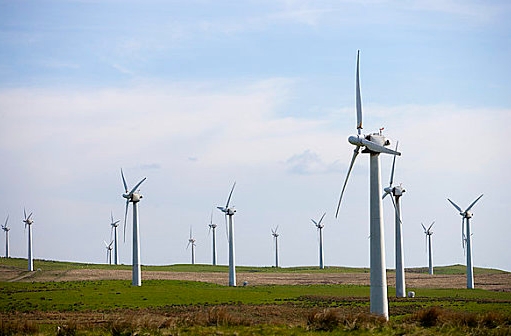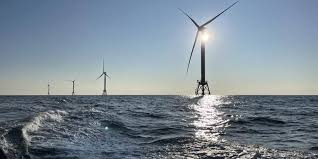 Timeline for the creation of posts has not been decided.
Timeline for the creation of posts has not been decided. Till December, the miner is expected to produce close to 390 MT of coal and will require another 270 MT in the last quarter of this fiscal to meet the annual production target.
Currently, Coal India produces 1.8 MT per day while the asking rate to achieve the target is 2.9 MT, they said.
Internally, Coal India has planned to raise its production to 3 MT per day at least in February and March next year to inch closer to the target, Coal India officials told .
According to the provisional data, the miner produced 330.38 MT of coal during April-November in the 2019-20 fiscal, down by 7.8 per cent from 358.30 MT in the year-ago period.
Unless the miner increases its daily production to 2.5 MT per day from January to March period, it will struggle to surpass the production figure of the last fiscal, company sources said.
In 2018-19, Coal India produced 606.89 MT while dispatch was at 608.14 MT.
Coal India's offtake at 363.63 MT during April- November period was down by 7.2 per cent from 392.02 MT supplied in the year-ago period.
CIL officials said the coal offtake was at 410 MT till December 27, 2019 as against a target of 467 MT.
In October, a rating agency had projected that the coal behemoth might miss the production target by 50-75 MT in the current fiscal.
Performance of Coal India's two key subsidiaries- Mahanadi Coalfields Ltd (MCL) and South Eastern Coalfields Ltd (SECL)- will be crucial in remaining three months of the current fiscal to meet its production target, the officials said.
Mining activities in the two subsidiaries had been hit severely during monsoon and also due to law and order issues, they said.
According to production data, SECL and MCL registered a negative growth of 14.5 and 9.8 per cent respectively as on December 27, 2019, a CIL official said, adding that these companies have been taking all measures to overcome hurdles and ramp up production.
CIL, however, is apprehensive about coal demand with declining electricity generation of thermal power plants in the country till November this year, officials said.
"If the current trend continues, it have an adverse impact on CIL's production and dispatch," they added.
